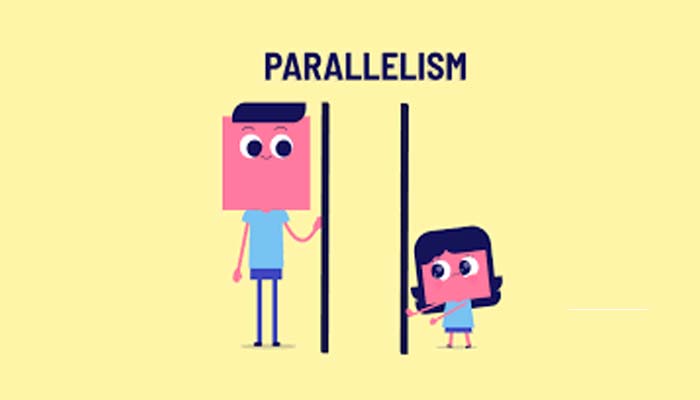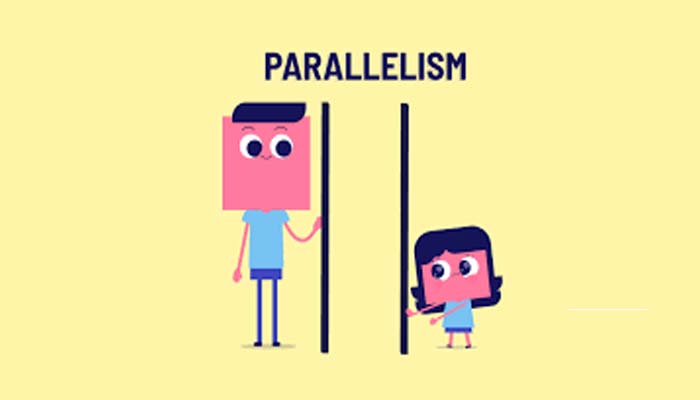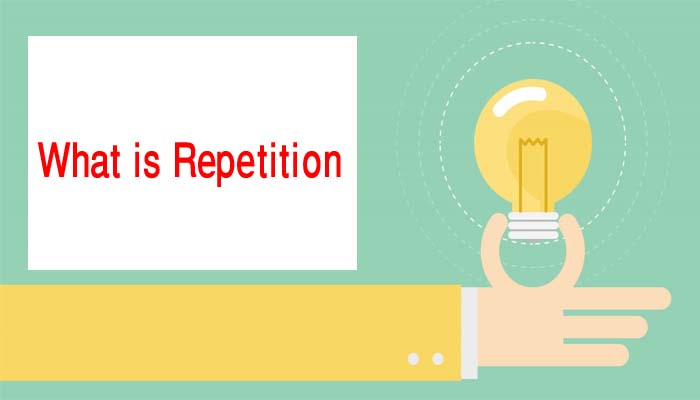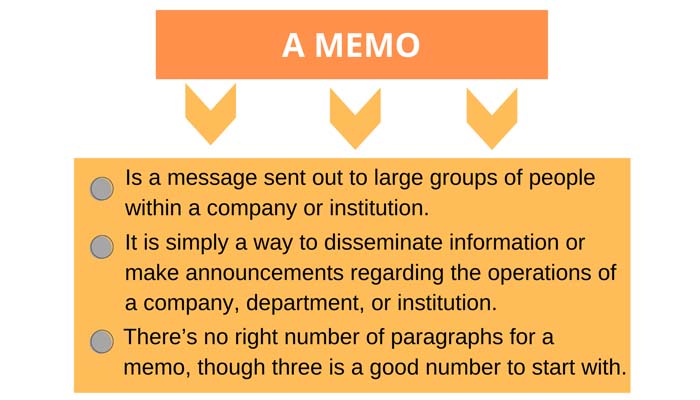
Benefits of Using Poetry to Language Teaching
Because maximum poetry consciously or unconsciously uses metaphor as one of its number one methods, poetry gives a substantial gaining knowledge of technique. There are as minimum gaining knowledge of advantages that may be derived from reading poetry.
- It promotes imaginative writing.
- It teaches kids to value words, sounds, and patterns.
- It improves phonic abilities.
- It encourages pupils to voice their thoughts and feelings.
- It offers a wonderful chance to experiment with words.
- It develops pupils’ capacity to reason and experiment with their understanding of the world.
- Developing one’s language, creativity, and imagination is beneficial.
- It confirms what we already believe to be true by revealing, restating, reiterating, and affirming it.
- It offers the possibility to learn about and investigate language usage.
- It results in cooperative actions (pair and group work).
- The appreciation of the writer’s composition technique, which college students’ advantage through reading poems through components.
- Developing sensitivity for phrases and discoveries which can later develop right into a deeper hobby and extra analytical capacity Saraç (2003:17-20) additionally explains the academic advantages of poetry.
Benefits of Using Poetry in Language Teaching
- Presents readers with a specific perspective closer to language use through going past the recognized usages and policies of grammar, syntax and vocabulary.
- Triggers unmotivated readers attributable to being so open to explorations and specific interpretations, • conjures up emotions and mind in coronary heart and in mind.
- Makes college students acquainted with figures of speech (i.e., simile, metaphor, irony, personification, imagery, etc.) because of their being part of each day language use.
- Writing out personal experiences associated with a poem’s theme and discussing the theme.
- Interpreting meanings based on context.
- Completing a poetry paraphrase (cloze-style).
- Choose the finest phrasing out of a few.
- Speculating about the future by reading only one verse at a time.
- Putting jumbled lines or stanzas in their proper order.
- Rewriting a section of a poem using one’s own words and concepts in order to convey new meaning.
- Completing a word, phrase, or line according to its context.
- Compare and contrast poems that have the same theme or idea.
- Finding any aural or musical elements in the poem (rhyme, alliteration, and simile).
- Singing in groups reciting poems aloud. Stress and intonation are taught in this.
- Using visuals such as paintings to help students visualize locations, historical periods, etc.
- Imitating or parodying the style of poetry.
- Perform, imitate, or role-play the poem.
- Creating a collaborative essay with a group or peer.
As Çubukçu (2001:1) mentions, poetry is a worthwhile and fun revel in with the residences of rhyming and rhythm each of which convey “love and appreciation for the sound and strength of language.”
Read: Possibility to implement CLT in Classroom






























